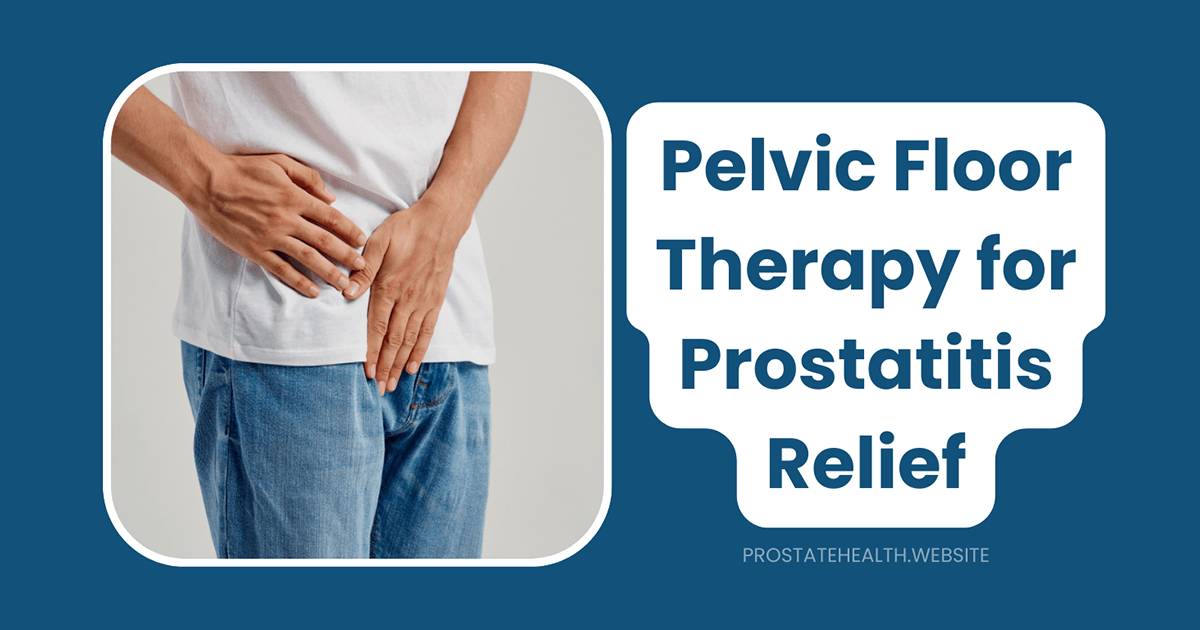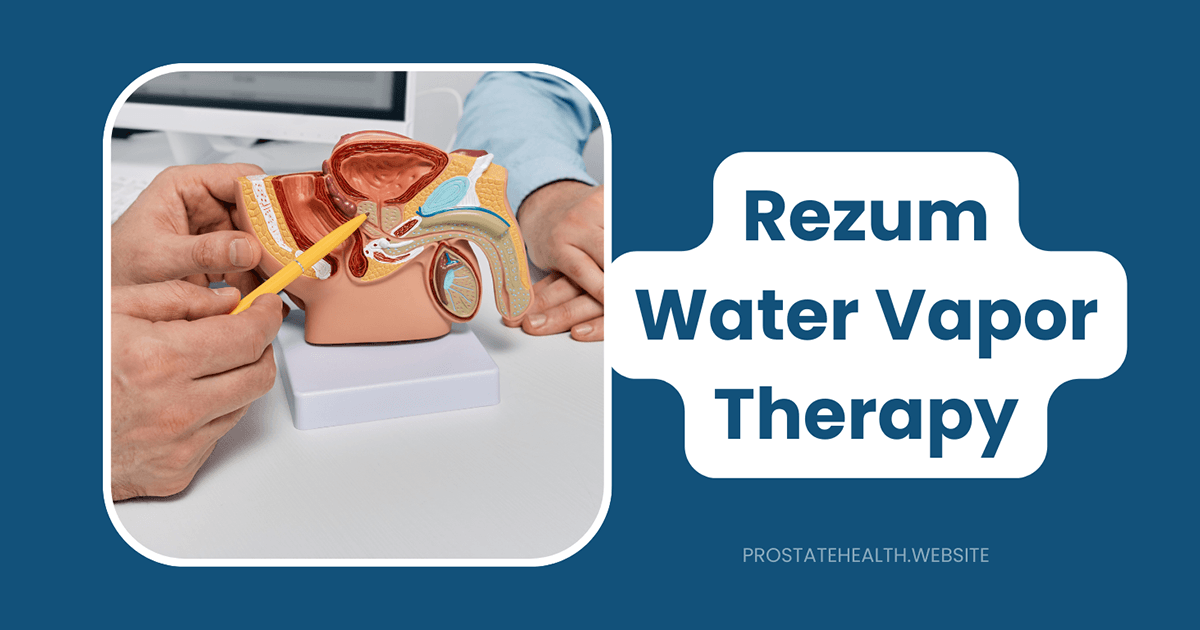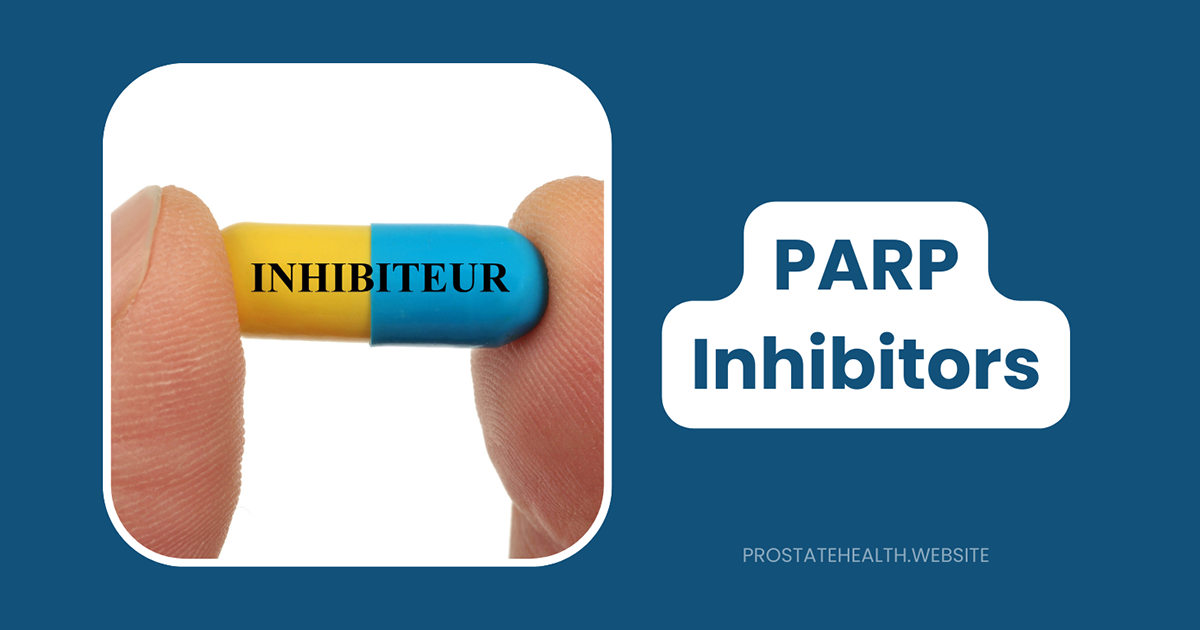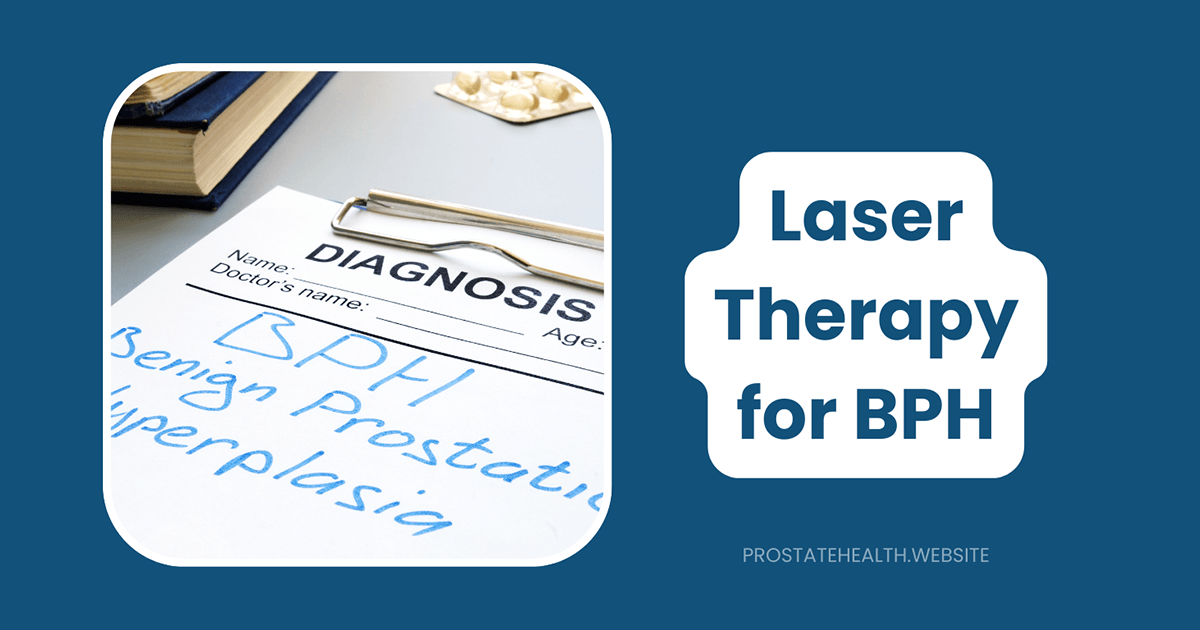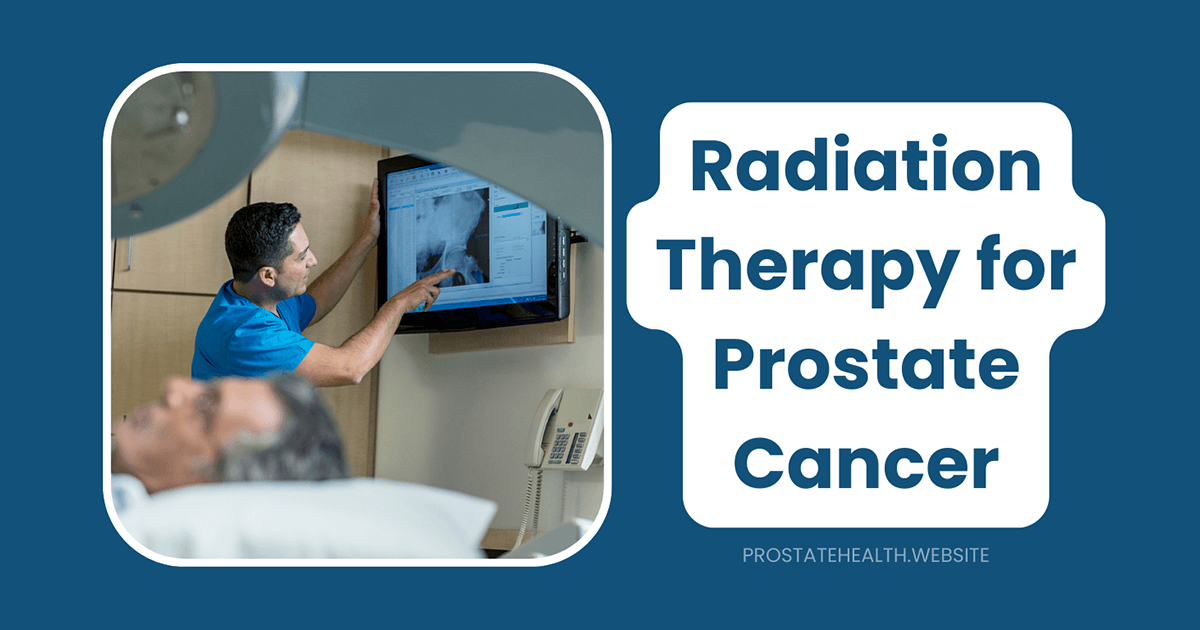Prostate Massage: Does It Help with Chronic Prostatitis?
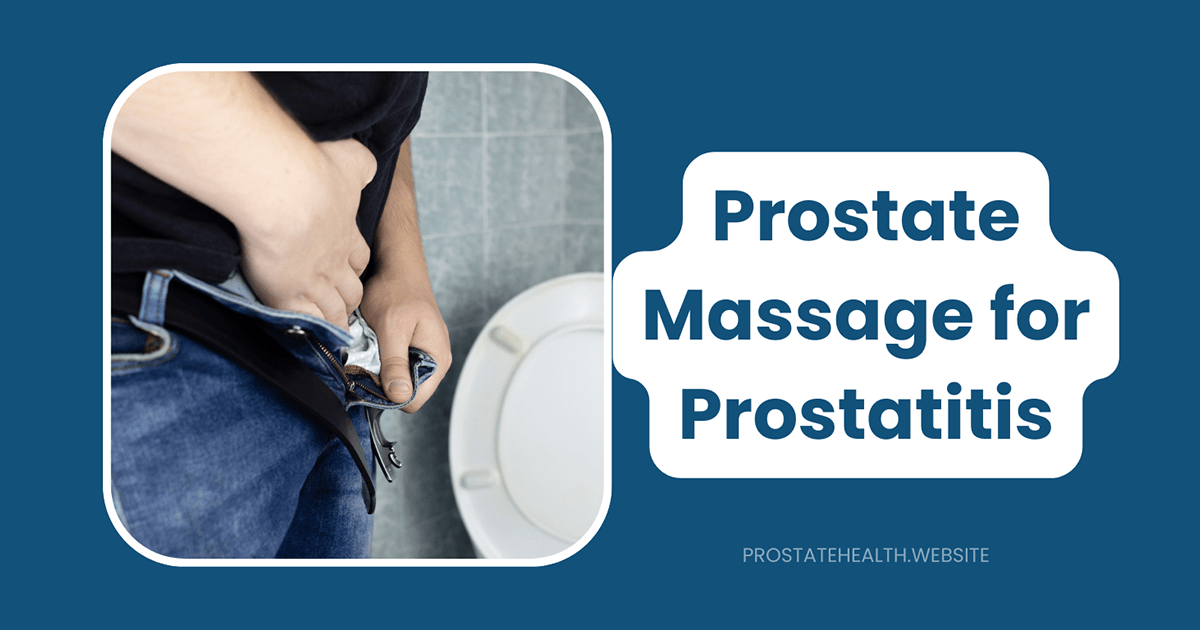
When you’re dealing with the persistent discomfort of chronic prostatitis, you’ll likely consider any potential remedy that might bring relief. Prostate massage is one such approach that has generated both interest and controversy. As someone who’s spent years advocating for men’s prostate health, I understand the desperation to find effective treatments for this challenging condition.
But does prostate massage actually help with chronic prostatitis? The answer isn’t straightforward, and the evidence is mixed. In this comprehensive guide, we’ll explore what the research says, who might benefit, potential risks, and alternative approaches that may offer better results.
Understanding Chronic Prostatitis
Before we dive into prostate massage as a treatment option, let’s clarify what we’re dealing with. Chronic prostatitis affects approximately 5% of men aged 20 to 50 and accounts for up to 25% of all outpatient urology consultations. It’s the third most commonly diagnosed urological condition in men.
According to the National Institutes of Health (NIH) classification, prostatitis falls into four categories:
- Acute bacterial prostatitis: A sudden bacterial infection with severe symptoms
- Chronic bacterial prostatitis: Recurring bacterial infection with persistent symptoms
- Chronic prostatitis/chronic pelvic pain syndrome (CP/CPPS): The most common form (about 90% of cases), often without identifiable infection
- Asymptomatic inflammatory prostatitis: Inflammation without symptoms
CP/CPPS is further divided into:
- Inflammatory CP/CPPS: White blood cells are present in semen, expressed prostatic secretions, or post-prostatic massage urine
- Non-inflammatory CP/CPPS: No evidence of inflammation in these fluids
What Is Prostate Massage?
Prostate massage involves the gentle manipulation of the prostate gland through the rectum. Historically, it was used as both a diagnostic and therapeutic technique for various prostate conditions.
How It’s Performed
When performed by a healthcare provider, prostate massage typically involves:
- The patient lying on their side with knees drawn up toward the chest
- The healthcare provider inserting a gloved, lubricated finger into the rectum
- Gentle pressure applied to the prostate gland in a massage-like motion
- Sometimes collecting expressed prostatic fluid for analysis
The procedure lasts only a few minutes and may cause temporary discomfort or a sensation of needing to urinate.
The Historical Context of Prostate Massage for Prostatitis
Prostate massage has a long history in urology. Before the advent of modern antibiotics, it was a common treatment for prostatitis, particularly the bacterial form. The rationale was that massage would:
- Express infected prostatic fluid
- Improve drainage of the prostatic ducts
- Enhance blood circulation to the prostate
- Potentially improve antibiotic penetration into the gland
However, as medical science advanced, the role of prostate massage became more limited and controversial.
What Does Current Research Say?
The evidence regarding prostate massage for chronic prostatitis is mixed and limited:
For Chronic Bacterial Prostatitis
A study published in the Journal of Urology found that combination prostatic massage and culture-specific antibiotics can be effective in some men with long-standing refractory chronic bacterial prostatitis. The massage helps express infected fluid and may improve antibiotic penetration.
According to Dr. Emin Ozbek, a specialist in urological conditions, “Prostate massage is primarily used in chronic bacterial prostatitis to express prostatic fluid for laboratory analysis to identify bacteria and determine appropriate antibiotic therapy.” The therapeutic benefits are secondary to this diagnostic purpose.
For Chronic Prostatitis/Chronic Pelvic Pain Syndrome (CP/CPPS)
The evidence is less supportive for CP/CPPS:
- A controlled study published in Urology evaluated prostatic massage in treatment of chronic prostatitis and concluded that “prostatic massage did not significantly improve the response of patients with chronic pelvic pain syndrome to antibiotics.”
- The Cleveland Clinic states that “a prostate massage is unlikely to provide lasting relief from your symptoms and it won’t solve the underlying issues” that are causing problems.
- The AUA Guideline Part II on the treatment of Chronic Prostatitis/Chronic Pelvic Pain Syndrome, published on April 20, 2025, does not include prostate massage as a primary recommended treatment, focusing instead on multimodal approaches.
Potential Benefits of Prostate Massage
Despite limited scientific evidence, some potential benefits of prostate massage for chronic prostatitis may include:
- Improved drainage: Massage may help drain blocked prostatic ducts, potentially relieving pressure and discomfort.
- Enhanced blood flow: Increased circulation to the prostate might reduce inflammation and promote healing.
- Muscle relaxation: The massage may help relax tight pelvic floor muscles that contribute to pain in some cases of CP/CPPS.
- Diagnostic value: For chronic bacterial prostatitis, massage can express prostatic fluid for culture and sensitivity testing, helping identify the specific bacteria and appropriate antibiotics.
- Temporary symptom relief: Some men report temporary relief of symptoms following prostate massage, though this is often short-lived.
A small study indicated that two or three prostate massage sessions combined with physical therapy might be beneficial for prostatitis, though researchers emphasized the need for more comprehensive studies.
Risks and Contraindications
Prostate massage is not without risks, and it’s absolutely contraindicated in certain situations:
Absolute Contraindications
- Acute bacterial prostatitis: Massage could spread infection to the bloodstream, potentially causing sepsis
- Prostate abscess: Risk of rupture and spreading infection
- Rectal bleeding or anal fissures: Could worsen these conditions
- Recent rectal or prostate surgery: Risk of disrupting healing tissues
- Suspected prostate cancer: Potential risk of spreading cancer cells
Potential Risks
- Pain or discomfort: The procedure can be uncomfortable or painful
- Bleeding: Rectal or prostate bleeding may occur
- Worsening of symptoms: In some cases, symptoms may temporarily worsen
- Infection: Improper technique could introduce bacteria
- Injury to surrounding tissues: Including rectal tears or prostate injury
According to Prostate Cancer UK, prostate massage for chronic prostatitis is sometimes performed under general anesthesia if the prostate is particularly painful, highlighting the potential discomfort associated with the procedure.
Who Might Benefit from Prostate Massage?
Based on current evidence, prostate massage might be most beneficial for:
- Men with confirmed chronic bacterial prostatitis: Particularly those who haven’t responded to antibiotics alone
- Patients needing diagnostic fluid collection: To identify bacterial pathogens and determine appropriate antibiotic therapy
- Selected cases of CP/CPPS with muscular tension: When performed as part of a comprehensive physical therapy program
It’s important to note that prostate massage is generally not considered a first-line treatment and is typically used in conjunction with other therapies.
More Effective Alternatives for CP/CPPS
For most men with CP/CPPS, several evidence-based approaches may offer better results than prostate massage:
1. Pelvic Floor Physical Therapy
The Cleveland Clinic recommends pelvic floor physical therapy as an alternative to prostate massage. This specialized therapy:
- Addresses muscle tension and trigger points in the pelvic floor
- Teaches relaxation techniques
- Includes stretching exercises
- May incorporate biofeedback training
- Is performed by trained physical therapists
A randomized controlled trial published in April 2025 examined the long-term effects of pelvic floor training on male chronic pelvic pain, showing significant improvements in pain scores and quality of life measures.
2. Multimodal Treatment Approach
Research increasingly supports a multimodal approach to CP/CPPS, which may include:
- Alpha-blockers: Medications like tamsulosin that relax the bladder neck and prostate
- Anti-inflammatory medications: NSAIDs to reduce inflammation and pain
- Stress management techniques: Including mindfulness meditation and cognitive behavioral therapy
- Dietary modifications: Avoiding irritants like alcohol, caffeine, and spicy foods
- Heat therapy: Warm sitz baths to relax pelvic muscles
- Regular physical activity: To reduce stress and improve overall well-being
3. Newer Therapeutic Approaches
Recent research is exploring promising new treatments:
- Extracorporeal shockwave therapy: A prospective, randomized, double-blind, placebo-controlled study concluded in December 2024 evaluated the safety and efficacy of extracorporeal shockwave therapy for CP/CPPS with encouraging results.
- Acupuncture: Several studies have shown benefit for CP/CPPS symptoms.
- Cognitive behavioral therapy (CBT): Addresses the psychological aspects of chronic pain.
The “Prostate-Pelvic Syndrome” Theory
A new perspective gaining traction is the “prostate-pelvic syndrome” theory, discussed in research published in January 2025. This theory suggests that many cases of CP/CPPS may actually represent a broader pelvic floor dysfunction rather than a primary prostate condition.
This perspective helps explain why treatments focused solely on the prostate (like prostate massage) often have limited success, while approaches addressing the entire pelvic floor tend to be more effective.
DIY Prostate Massage: Not Recommended
While some websites and products promote self-administered prostate massage, this practice is generally not recommended for treating prostatitis. Reasons include:
- Risk of injury without proper training
- Inability to properly diagnose the type of prostatitis
- Potential to worsen certain conditions
- Lack of sterile technique
- Difficulty reaching the prostate effectively
If you’re considering prostate massage for prostatitis, it should only be performed by a qualified healthcare provider as part of a comprehensive treatment plan.
Making an Informed Decision
If you’re considering prostate massage for chronic prostatitis, here are some steps to take:
- Get an accurate diagnosis: Ensure you know which type of prostatitis you have, as treatment approaches differ significantly.
- Discuss with a urologist: Talk to a specialist about the potential benefits and risks specific to your situation.
- Consider the evidence: Understand that scientific support for prostate massage is limited, particularly for CP/CPPS.
- Explore alternatives first: Try evidence-based approaches like pelvic floor physical therapy before considering prostate massage.
- Set realistic expectations: If you do proceed with prostate massage, understand that results may be modest and temporary.
The Bottom Line
Prostate massage has a limited role in modern treatment of chronic prostatitis. For chronic bacterial prostatitis, it may help as an adjunct to antibiotics in selected cases. For CP/CPPS, which represents about 90% of chronic prostatitis cases, the evidence is weak, and other approaches are likely to be more effective.
The most current research, including the AUA Guidelines published in April 2025, emphasizes multimodal treatment approaches that address the complex nature of chronic prostatitis, particularly CP/CPPS. These approaches recognize that the condition often involves more than just the prostate gland and requires treatment of the whole person—body and mind.
If you’re struggling with chronic prostatitis, work with healthcare providers who understand the complexity of the condition and are willing to explore multiple treatment avenues. Remember that finding effective relief often requires patience, persistence, and a personalized approach.
Have you tried different treatments for chronic prostatitis? What has worked for you? Share your experience in the comments below to help others on their healing journey.

